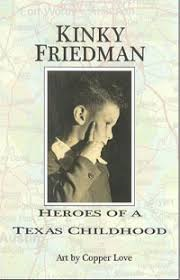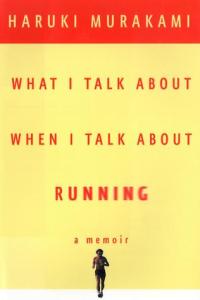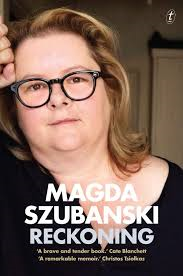My Family and Other Animals by Gerald Durrell

I’ve had My Family and Other Animals by Gerald Durrell on my To Be Read list for what seems like forever. Had I known I would enjoy this book so much, I would have read it years ago.
The story is an embellished memoir of the author and his family’s life in Corfu in the 1930’s. Durrell was a schoolboy when his mother, sister and older brothers left England because of the weather and also because his mother’s pension as a widow stretched further than it would have in England.
Once in Corfu Durrell filled his life (and the family’s various homes) with every insect, bird, reptile and animal that he could capture and convince his family to allow him to keep. Not surprisingly, Durrell grew up to be a naturalist.
Despite my lack of interest interest in fauna, I found the stories of the various creatures that Durrell wrote about to be fascinating. Reading about a fight to the death between a mantis and a gecko in his bedroom, both of whom the author had been studying for some time before the deadly altercation, was extraordinary. I laughed aloud while reading about the mating habits of tortoises (and I laughed even more when I watched a video on YouTube of the same – don’t judge me, if you choose to watch this too you will also find the tortoise’s enjoyment of this activity to be truly hilarious), commiserated with the author’s brother after finding snakes in the bathtub and shuddered at the author’s delight in finding a bat in his bedroom.
As interesting as the stories about the creatures Durrell collected were, it was the people in the story who really delighted me. The family consisted of Durrell’s easy-going mother, his pompous older brother Larry, another older gun-toting brother, Leslie, and his older teenage sister Margo, whose emotions ran constantly between romance and tragedy. The stories also included those of friends the family made in Corfu, one of whom, Dr Theodore Stephanides was particularly instrumental in providing Durrall with an education in natural history.
One of the ongoing themes in the story was about the family continually moving house. When the Durrells arrived in Corfu, a Greek man called Spiro who became a very dear family friend helped them to find a house with a bathroom but after Larry invited a horde of people from England to visit, including the “most extraordinary eccentrics, who were so highbrow that they had difficulty in understanding one another,” the family had to quickly move to a bigger house so they had enough room for their guests. Later, when their Great-Aunt Hermoine threatened to visit and the family couldn’t face the thought of queuing on the landing as they waited to use the lavatory while she sang ‘Lead, Kindly Light’ from within, they moved again, this time to a smaller house to dissuade this particular unwanted guest from visiting.
Larry, who became a novelist, was the subject of many funny stories. According to his younger brother, Larry “was always full of ideas about things of which he had no experience.” This trait led to Larry setting the villa on fire while drunk, after attempting to show Leslie, who was actually a crack-shot, how easy it was to shoot snipe. I laughed from beginning to end as I read about this series of mishaps.
The description of the author subjecting his bird-loving tutor to a wrestling match which resulted in his tutor breaking several ribs left me snickering to myself (I know, I know, finding humour in other people’s pain and suffering makes me sound horrible, but this story is so funny) as did the following depiction of Theodore’s susceptibility to sea-sickness.
In fact on several occasions when I have been in the cinema and they have shown films of ships in rough seas I have been forced to . . . um . . . forced to leave my seat.
My understanding is that various Durrell family members didn’t make it into the memoir and that other events were exaggerated or altered in the storytelling, but My Family and Other Animals is a delight. If you are looking for a story to bring some joy to your life this book is perfect.






 I enjoyed Haruki Murakami’s memoir, What I Talk About When I Talk About Running, loads more than his novels, Colourless Tsukura Tazaki and His Years of Pilgrimage or The Strange Library, as good as they were.
I enjoyed Haruki Murakami’s memoir, What I Talk About When I Talk About Running, loads more than his novels, Colourless Tsukura Tazaki and His Years of Pilgrimage or The Strange Library, as good as they were.
 It’s a funny thing. I loved Wild by Cheryl Strayed, the author’s memoir of her 1100 mile hike along the American Pacific Crest Trail. Wild left me feeling happy and uplifted and all of those beaut things, but I was not left with the urge to buy a pair of hiking boots, spray myself with insect repellant and stride off into the bush.
It’s a funny thing. I loved Wild by Cheryl Strayed, the author’s memoir of her 1100 mile hike along the American Pacific Crest Trail. Wild left me feeling happy and uplifted and all of those beaut things, but I was not left with the urge to buy a pair of hiking boots, spray myself with insect repellant and stride off into the bush.
Recent Comments